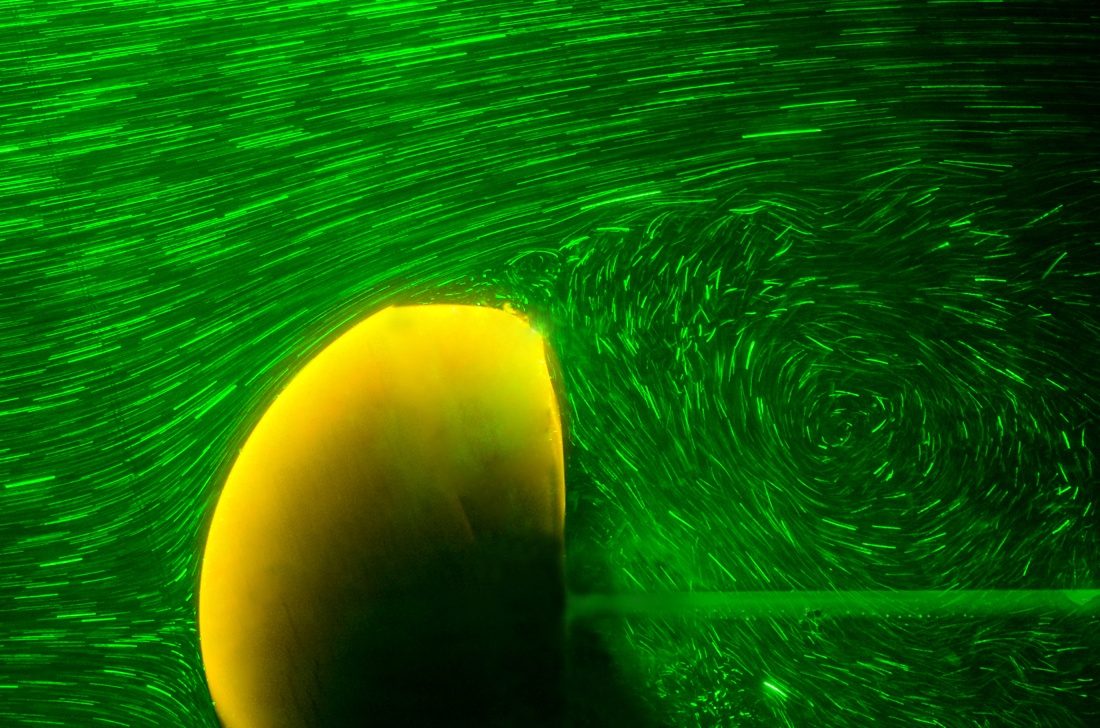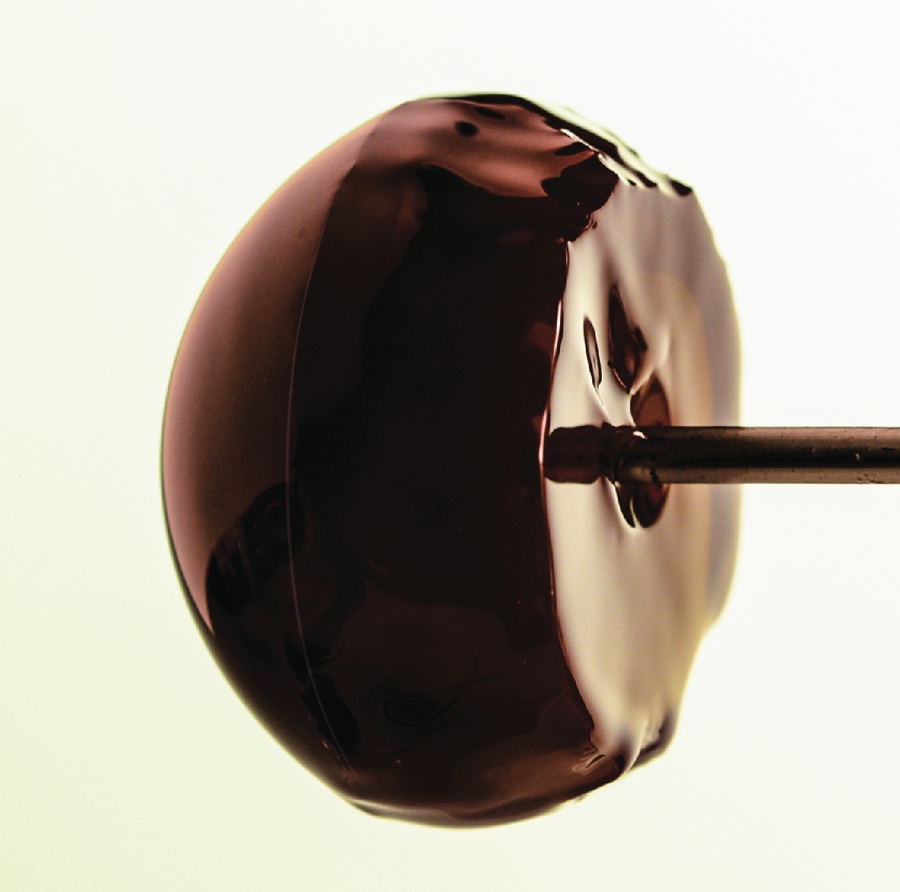How Many Licks Does It Take to Get to the Center of a Lollipop?

How many licks does it take to get to the center of a lollipop? Science now has an answer to the famous question asked in the iconic Tootsie Roll Pop commercial: about 1,000. And you can take that number to the bank — it's based on a sophisticated mathematical model of how flowing fluid dissolves solids.
Researchers at New York University arrived at the number by custom-making their own candy spheres and cylinders to test how materials dissolve in a flow. But this seemingly simple process is actually quite complex, said study leader Leif Ristroph, a physicist at NYU. First, the presence of the solid disrupts the flow, forcing it to bend and change directions, he said.
"But then, the flow starts to dissolve the solid, so now something about the flow is being imprinted on the solid object," Ristroph told Live Science. "What happens is, you get a weird feedback between the two."
The result was surprising: Tests of both spherical lollipop-type candies and Jolly Rancher-style cylinders resulted in the same half-sphere shape after a little time in the fluid flow, Ristroph and his colleagues reported in the February issue of the Journal of Fluid Mechanics. [See Time-Lapse Video of the Dissolving Shapes]
Sugary science
Ristroph, along with NYU graduate student Jinzi Mac Huang and mathematician Nicholas Moore of Florida State University, were interested in the dissolution question because it applies to more than just candy. In fact, the dynamics of dissolution and erosion are applicable to numerous fields, Ristroph said. For instance, understanding the process could explain how rivers carve landscapes. Dissolving materials are also important in chemical industrial processes, he said, and in the pharmaceutical industry. (Those pills can't just pass right through the stomach, after all.)
"The simplest thing you can do is have simple shapes in a nice, steady flow, and then look at what happens when they are dissolving," Ristroph said.
Get the world’s most fascinating discoveries delivered straight to your inbox.
The researchers turned to hard candy for their experiments, but they couldn't just go out and buy Tootsie Roll Pops. Commercial candies are full of tiny bubbles that could skew the experiment, Ristroph said, so the researchers had to create bubble-free, perfectly shaped hard candies that "even a mathematician would love."
"None of us are particularly good cooks, but we learned how to make candy ourselves," he said.
Then, the researchers put the candies into flows of water moving between about 4 to 40 inches per second (10 to 100 centimeters per second). They used time-lapse photography to capture the dissolution process over several hours.
Flow formations
To the researchers' surprise, both the spheres and the cylinders took on the same shape before vanishing: a smooth, well-polished spherical side facing into the flow, with a rough edge encircling the candy like a belt. On the back side, the candies developed a flat but pockmarked surface. The unevenness of the back was driven by the speed and lack of stability in the flow as it passed over the rear of the candy, Ristroph said.
From the experiments, the researchers created mathematical formulas to explain how fast the materials dissolve. Just for fun, they tackled the "How many licks?" question, and found that a lollipop with a radius of 0.4 inches (1 cm) licked at the equivalent to a flow rate of 1 cm per second would reveal its center in about 1,000 licks. Of course, plenty of real-world factors affect that number. Online, posts about Tootsie Pop licking experiments report numbers ranging from 144 to 850 licks.
"It could be 500; it could be 1,500 … It's kind of a crude estimate," Ristroph said. "But it seems like it's working pretty well."
Follow Stephanie Pappas on Twitter and Google+. Follow us @livescience, Facebook & Google+. Original article on Live Science.

Stephanie Pappas is a contributing writer for Live Science, covering topics ranging from geoscience to archaeology to the human brain and behavior. She was previously a senior writer for Live Science but is now a freelancer based in Denver, Colorado, and regularly contributes to Scientific American and The Monitor, the monthly magazine of the American Psychological Association. Stephanie received a bachelor's degree in psychology from the University of South Carolina and a graduate certificate in science communication from the University of California, Santa Cruz.



